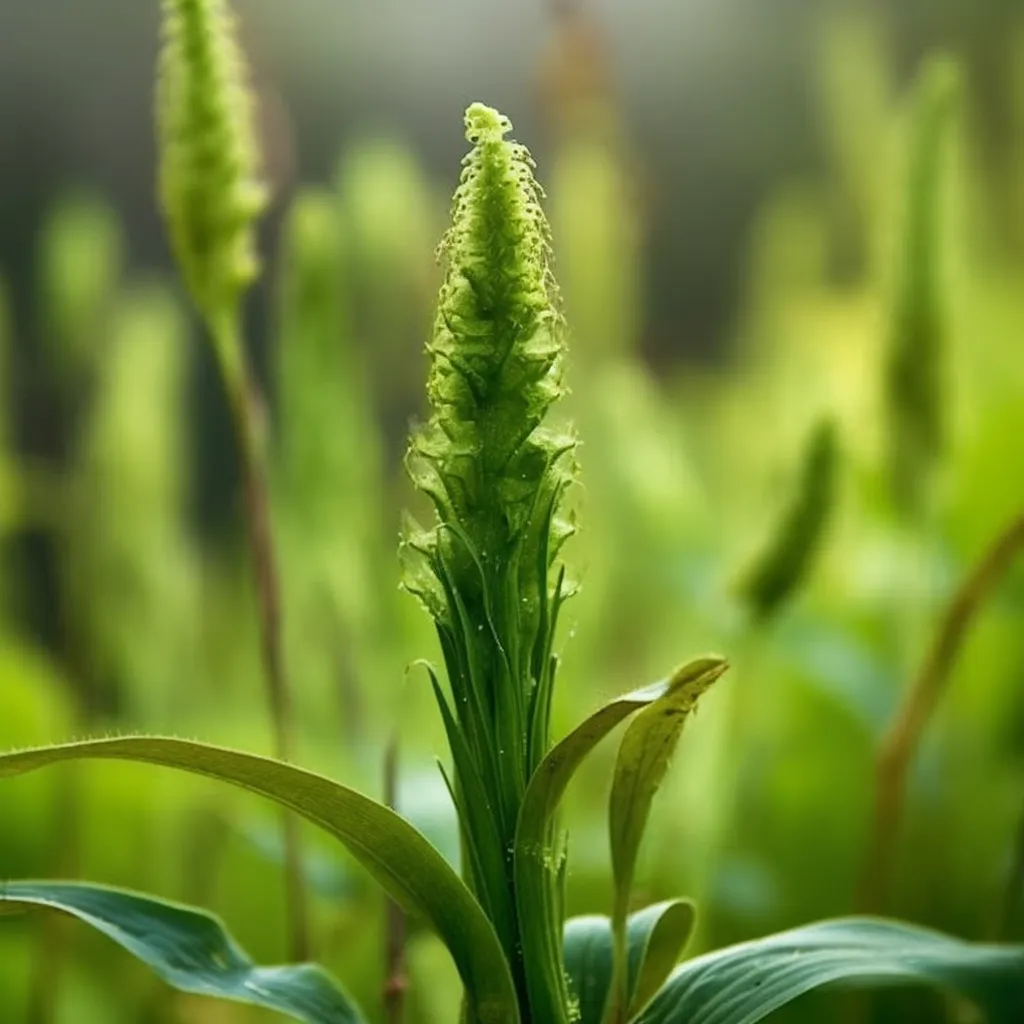Story of Day :
Contents
The Burrows Tail Plant: A Complete Guide to Care Tips and Maintenance
Are you looking for a unique and low-maintenance plant to add to your collection? Look no further than the Burrows Tail plant! With its beautiful cascading leaves and easy-to-care-for nature, this succulent is perfect for both indoor and outdoor gardening.
In this article, we will provide you with a complete guide on how to care for your Burrows Tail plant.
What is the Burrows Tail Plant?
The Burrows Tail plant, also known as Sedum Morganianum or “Donkey’s tail,” is a succulent that originates from Mexico.
It gets its name from its long trailing stems that resemble a donkey’s tail.
The leaves of the plant are spoon-shaped and grow in clusters along the stems.
Care Tips for Your Burrows Tail Plant
To keep your Burrows Tail healthy and thriving, follow these care tips:

- Watering: The most important aspect of caring for your burrow’s tail is watering it correctly.
As it’s a succulent, too much water can cause root rot which can eventually kill off entire plants quickly.
Water sparingly so that the soil dries out between each watering session.
In summer months when they’re actively growing; water once every two weeks if planted indoors or in well-draining soil if planted outside under shade.
- Sunlight: Being native to Mexico where sunlight levels can be intense; hence it requires direct sunlight exposure at least four hours daily but not directly under full sun during summer afternoons or else it will burn easily due to increased heat.
- Potting Soil: Use well-draining soil mix to plant your Burrows Tail plant.
As with all succulents, good drainage is vital to prevent root rot.
A well-draining soil mix containing perlite and sand will help keep the roots healthy.
- Fertilization: While Burrows Tail plants do not require frequent fertilization, occasional feeding in the growing seasons (spring and summer) can boost their growth rates.
Fertilize once every two months or more using a balanced fertilizer made for cacti/succulents.
Propagation Techniques for Your Burrows Tail Plant
Stem Cuttings:
The easiest way to propagate your Burrows Tail is by using stem cuttings.
Here’s how:

- Cut off a small section of the stem from your mature plant with clean shears or scissors; make sure you avoid damaging the leaves as it may affect their health in future.
- Dust some rooting hormone powder onto each cut end of the cutting before planting them into fresh potting soil mix.
- Mist them regularly while they’re still establishing roots so that they get all required moisture necessary for growth.
Leaf Propagation:
You can also propagate your burrow’s tail by using single leaves instead of stem cuttings; here’s how:
- Select a few healthy leaves and carefully remove them from your mature plant without tearing any part in process since it may lead to failure of propagation attempt- handle gently when removing these!
- Put these individual stems into shallow containers filled with sandy potting soil mixture until new roots grow outwards after about four weeks’ time frame depending on ambient temperature around container location space available for new growth.
- Mist the soil every few days to keep it moist, but be careful not to overwater them as this can lead to rotting.

Common Problems with Burrows Tail Plants
While Burrows Tail plants are easy-to-care-for, they can still encounter some problems.
Here are some of the most common issues:
- Pests: Mealybugs and spider mites are two common pests that attack Burrows Tail plants.
Regularly inspect your plant for signs of infestation like tiny white insects in clusters around leaf joints and treat accordingly using neem oil or other insecticides safe for succulents/cacti.
- Leaf drop: This may be due to a lack of water or exposure to too much direct sunlight; move the plant into shade if needed earlier before it drops leaves entirely!
- Root Rot: Overwatering is one of the main reasons for root rot development in these plants, so ensure you’re watering them correctly as outlined above!
The Bottom Line

In summary, if you’re looking for a low-maintenance and attractive addition to your garden collection; The burrow’s tail is an excellent choice.
With its cascading stem structure and spoon-shaped leaves arranged neatly on either side; it’s sure to bring beauty wherever planted! Proper care should include providing adequate sunlight during growing seasons while avoiding excess watering as well as regular feeding with balanced fertilizer mix made specifically intended cacti/succulent types will keep your burrow’s tail thriving year-round with minimal effort required from you!